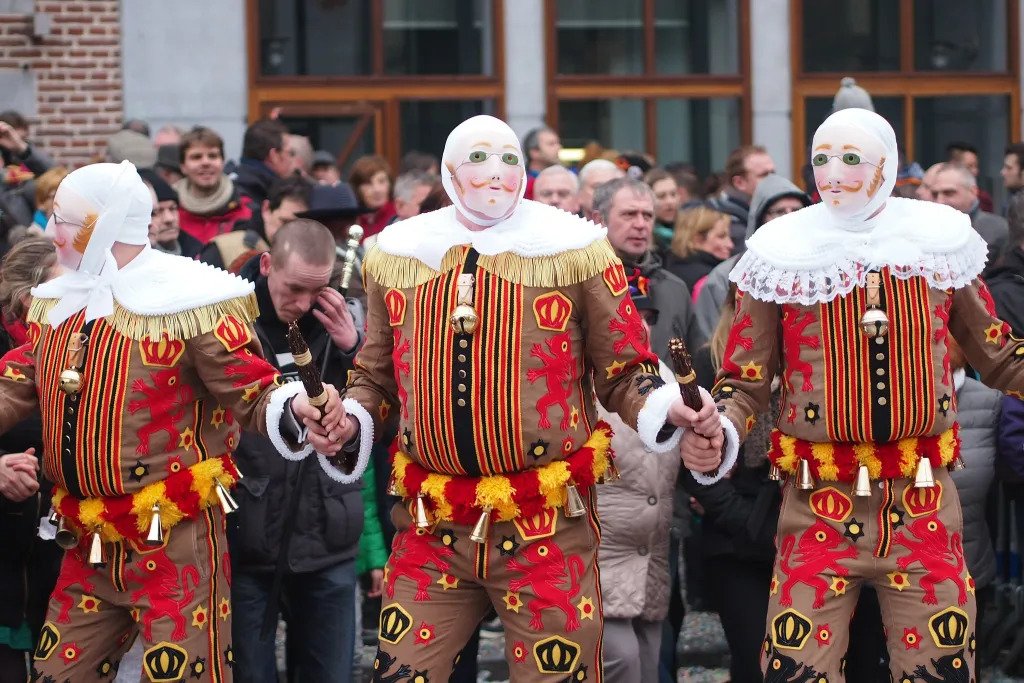Traveling the globe reveals a rich tapestry of cultures, each woven with unique customs and traditions. While some rituals may seem familiar, others can be bizarre to outsiders. Here, we explore some of the world’s strangest traditions that showcase the diversity of human expression. Brace yourself for a journey that highlights the peculiarities of human culture, culminating in a shocking fifth entry that you won’t believe!
1. La Tomatina, Spain
Every last Wednesday of August, the small town of Buñol in Spain transforms into a battleground of tomatoes. La Tomatina is an exuberant festival where thousands gather to hurl overripe tomatoes at each other, resulting in a vibrant, messy spectacle. The origins of this tradition are somewhat unclear, but it’s thought to have started in the 1940s during a local festival. What began as a playful food fight has evolved into a massive event that attracts tourists worldwide, all eager to join the fun and embrace the chaos.
2. Baby Jumping Festival, Spain
In a small town in Spain called Castrillo de Murcia, the “El Colacho” festival takes place, a tradition that may seem shocking to many. During this event, men dressed as devils jump over babies lying on mattresses in the street. This practice symbolizes the cleansing of sin and the protection of the children from evil spirits. The festival has deep historical roots dating back to the 17th century and is celebrated annually during the feast of Corpus Christi. While the sight of devils leaping over infants may bewilder outsiders, locals regard it as a sacred rite.
3. The Monkey Buffet Festival, Thailand
In Lopburi, Thailand, locals honor their furry friends with the Monkey Buffet Festival, a day dedicated to the resident monkeys. Every November, tables are laden with fruits, vegetables, and other treats for the monkeys to feast upon. The festival celebrates the local monkey population, which is seen as a tourist attraction and an essential part of the community’s identity. Tourists flock to witness the spectacle of monkeys indulging in a lavish buffet, climbing over tables, and playfully interacting with each other. While it may seem odd to host a feast for monkeys, the event emphasizes the cultural significance of these animals in Thai society.
4. The Festival of the Hungry Ghosts, China
In Chinese culture, the Festival of the Hungry Ghosts, or Zhongyuan Festival, is observed during the seventh month of the lunar calendar. During this time, it is believed that the spirits of deceased ancestors roam the earth. To appease these wandering souls, families prepare offerings of food, burn incense, and even set off fireworks. In some communities, elaborate rituals and performances are held to honor the dead and provide them with the comfort they seek. This festival reflects deep-seated beliefs about the afterlife and the importance of honoring one’s ancestors, blending respect with the supernatural in a poignant and unsettling way.
5. The Dancing with the Dead Festival, Madagascar
Prepare to be astonished! One of the most bizarre and fascinating traditions is the “Famadihana,” or the “Turning of the Bones,” celebrated by the Malagasy people in Madagascar. Every five to seven years, families exhume the bodies of their ancestors, wrap them in fresh shrouds, and dance with the corpses in a joyous celebration of life and death. This tradition serves to reconnect with the deceased, honor their memory, and celebrate the family lineage. Music fills the air during the festivities, and the atmosphere is one of happiness rather than sorrow. The event is a vivid reminder that death is viewed as a part of life, fostering a unique bond between the living and the dead.
Conclusion
These strange traditions offer a glimpse into the diverse ways cultures around the world honor their histories, beliefs, and relationships. While some may seem outrageous or unfathomable to outsiders, they hold deep significance for those who practice them. Exploring these customs can broaden our perspectives, reminding us that what may appear strange or unusual is often rooted in rich cultural narratives and shared human experiences. Whether dancing with the dead or throwing tomatoes, these traditions celebrate the beauty and complexity of life across the globe.

